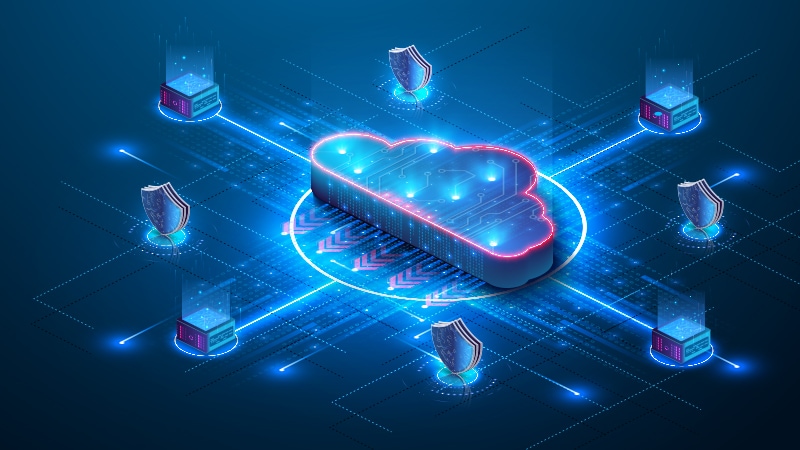This website stores cookies on your computer.
These cookies are used to collect information about how you interact with our website and allow us to remember you. We use this information in order to improve and customize your browsing experience and for analytics and metrics about our visitors both on this website and other media. To find out more about the cookies we use, see our Privacy Policy.
Lenovo Introduces its First Copilot+ PC Enabled Mobile Workstations
What Challenges Do Businesses
Face When Adopting Edge Computing?
Get the Latest on Edge Computing from the Experts
Orchestrating updates, monitoring, and analytics across hundreds or thousands of distributed nodes requires unified edge management platforms. Data governance is another challenge—organizations must ensure sensitive information is stored, processed, and transmitted in compliance with privacy and industry regulations.
As AI workloads increasingly move to the edge, balancing compute power, energy use, and cooling in constrained environments has become a new priority. The key to success is centralized visibility and consistent policies that connect edge locations with core IT systems.

Get Edge Computing Help from the Experts
Why Is Edge Computing Important?
Edge computing processes data at the network’s edge. This shift in data processing not only enhances scalability but also improves efficiency, offering a more adept solution for managing the escalating volume of data that businesses encounter. It effectively addresses latency, bandwidth, and data processing challenges.
Pros and Cons of Edge Computing

